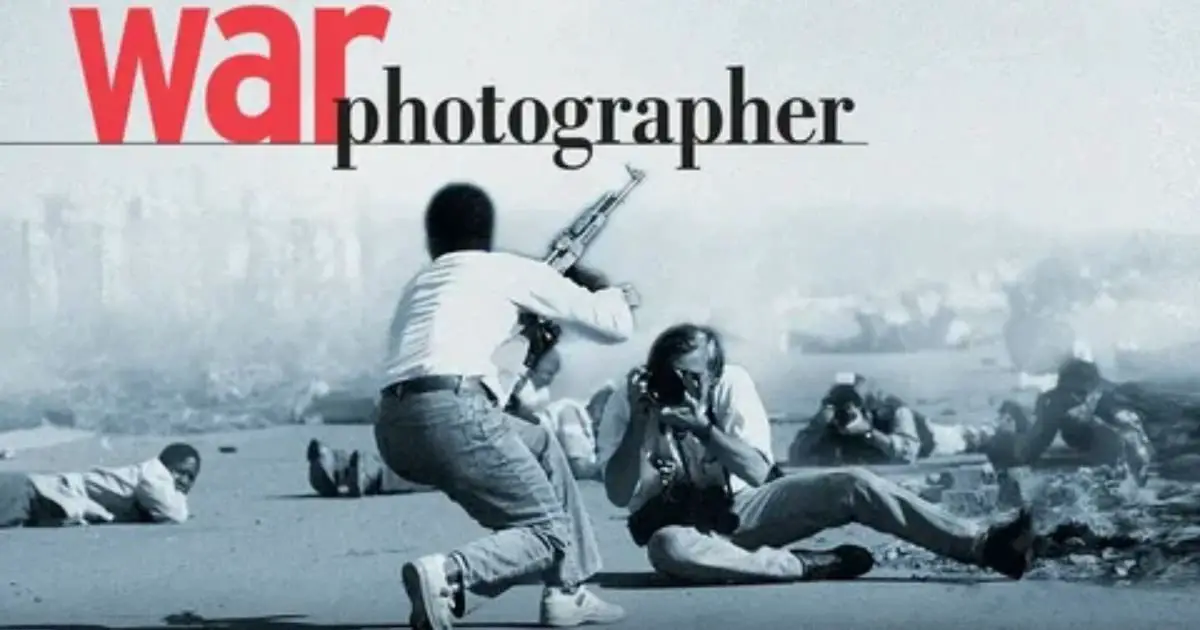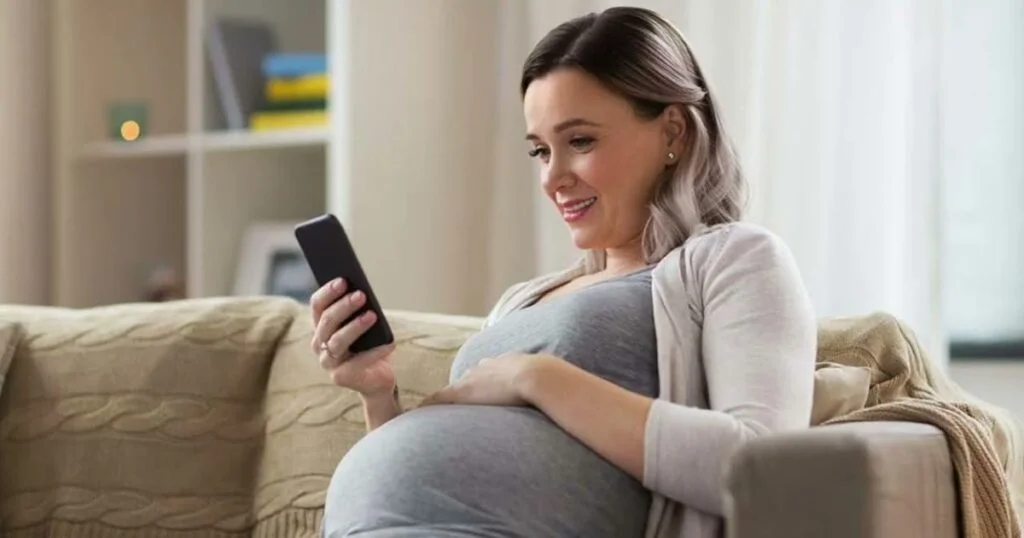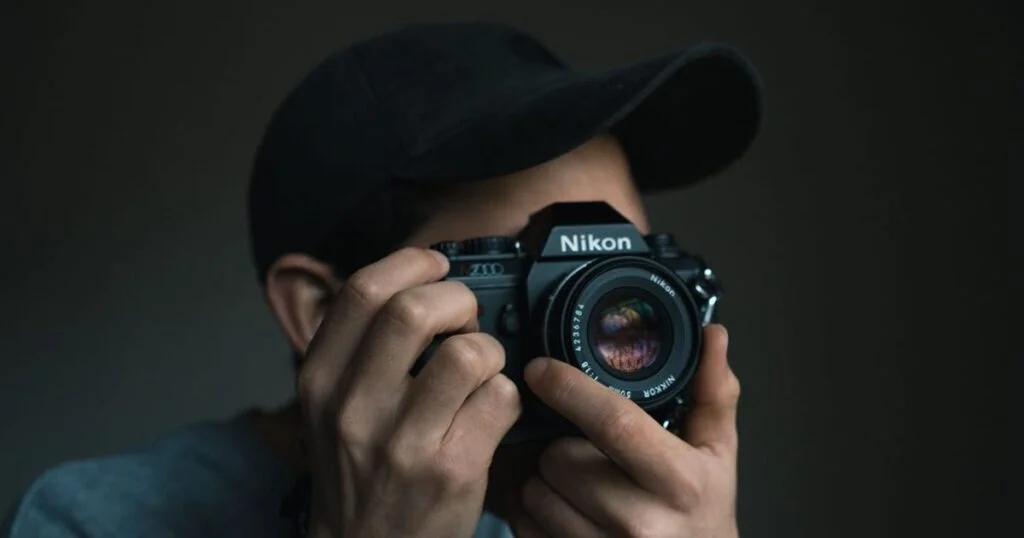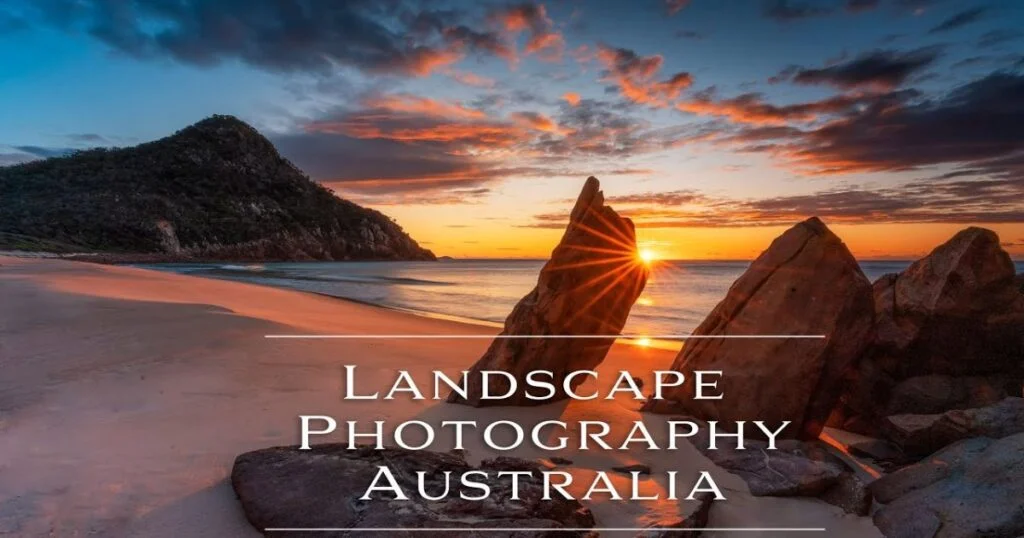The Importance of War Photography (History Lesson)
World wars always affect people and countries, but have you ever read about the Armenian War?
captures a picture inside the war, then, of course, he does a very brave thing that can cost him his life, and he sets a history. Have you heard about portrait photographers? Dude, you know what portrait photography is.
In this article, we cover everything you need to know about war photography.
What it is, why it’s important, how to become a war photographer, plus 7 famous war photographers.
What Is the Purpose of War Photography?
War photography serves multiple purposes documenting the harsh realities of conflict, bearing witness to historical events, capturing the human cost of war, and raising public awareness. These images convey the emotional and societal impact of war in ways that words cannot, often inciting global attention and promoting discussions on peace, humanitarianism, and policy.
What Does a War Photographer Do?
A war photographer captures images in conflict zones, focusing on the human experience, military engagements, and the environment affected by war. Their work involves extreme risk, requiring not only technical skills but also mental resilience. They often work closely with journalists and military personnel to document unfolding events, sometimes at a great personal cost.
Why Is War Photography Important?
War photography is important for documenting history, providing transparency, and giving voice to those affected by conflict. It humanizes war, bringing distant issues closer and fostering empathy and understanding. These images can lead to action, influence public opinion, and push governments and organizations to address conflict-related issues more seriously.
Is World War or Civil War Photography Ethical?
Ethics in war photography is a complex debate. Photographers often face ethical dilemmas about respecting privacy and dignity, particularly with scenes of intense suffering. There’s also the challenge of balancing truth with sensitivity, as some images can evoke traumatic memories for those directly affected. The ethics surrounding war photography depend largely on the intent behind and impact of the images.
Skills and Qualifications Needed
Aspiring war photographers should have strong technical skills, knowledge of journalism ethics, and physical endurance. Training in conflict zones, survival skills, and understanding international humanitarian laws are also vital. Many also study photojournalism or similar fields and undergo trauma and safety training.
How Much Does a War Photographer Make?
Income for war photographers varies widely, often depending on experience, the nature of their assignments, and the organization they work for. Many war photographers are freelancers, which means pay can be inconsistent. On average, war photographers might earn between $30,000 and $100,000 annually, but income can vary depending on the publication or agency.
7 Famous War Photographers You Should Know

1. Robert Capa
Robert Capa, often hailed as one of the most iconic war photographers, co-founded Magnum Photos and became famous for his fearless approach to capturing the reality of conflict. Born in Hungary in 1913, Capa’s most memorable work includes photos from the Spanish Civil War, the Second Sino-Japanese War, and particularly World War II. His D-Day images of American soldiers landing on Omaha Beach are among the most recognized war photos in history. Known for his motto, “If your pictures aren’t good enough, you’re not close enough,” Capa frequently put himself in harm’s way to capture the raw emotion and horror of war.
2. Don McCullin
Don McCullin, a British photojournalist, is renowned for his stark, unfiltered images of human suffering and conflict. He covered wars from Vietnam to Cyprus, and his photos from the 1960s and 1970s helped define war photography. McCullin’s images from the Vietnam War, particularly those showing soldiers in combat and civilians caught in the crossfire, exposed the brutality of war and deeply moved global audiences. His ability to capture the anguish of the people affected by war has influenced generations of photographers. Today, McCullin is often recognized not only for his bravery but for his empathy and commitment to truth.
3. James Nachtwey
James Nachtwey is a highly acclaimed American photojournalist known for his work in documenting war and social issues. His images of conflicts in Rwanda, Bosnia, Afghanistan, and Iraq are widely regarded as some of the most powerful depictions of human suffering in war. Nachtwey’s photographs emphasize the human cost of war and poverty, and he is known for his careful composition and emotional depth. He has received multiple awards, including the Robert Capa Gold Medal, and continues to be an advocate for social justice through his work, striving to inspire empathy and change in global audiences.
4. Margaret Bourke-White
Margaret Bourke-White was a pioneering photojournalist and one of the first women to work as a war correspondent. She documented World War II for Life magazine, where she became one of the few Western journalists to photograph Soviet troops on the Eastern Front. Bourke-White’s images from the liberation of Buchenwald concentration camp stand as some of the most moving depictions of the Holocaust. Her work was groundbreaking, not only for its historical importance but also for challenging societal norms by showing that women could excel in high-risk journalism. Her courage and unique perspective have left a lasting legacy in photojournalism.
5. Tim Hetherington
Tim Hetherington, a British-American photographer, captured some of the most evocative images of American soldiers during the war in Afghanistan. His work from the Korengal Valley, which he co-directed in the documentary Restrepo, gave a human face to the war. Hetherington’s photos focused on the everyday lives and emotional experiences of soldiers, portraying their camaraderie, fear, and resilience. His approach was empathetic and immersive, which allowed viewers to connect deeply with his subjects. Sadly, Hetherington was killed in 2011 while covering the Libyan Civil War, but his work continues to impact audiences worldwide.
6. Lynsey Addario
Lynsey Addario is an award-winning American photojournalist known for her work covering conflicts and humanitarian issues in Afghanistan, Iraq, Libya, and beyond. Addario has captured powerful images of war’s impact on women and civilians, bringing a unique sensitivity to her storytelling. Her images of the Middle East highlight both the harsh realities of war and the strength of the people enduring it. Addario has received a Pulitzer Prize and a MacArthur Fellowship for her work, which she continues to pursue passionately despite the immense personal risks involved.
7. Chris Hondros
Chris Hondros was a deeply respected American war photographer known for his compassionate and insightful approach to covering conflicts. His images from Iraq, Liberia, Afghanistan, and other war zones brought attention to the struggles of people affected by conflict. In particular, his photos from Iraq’s early 2000s insurgency captured the pain and turmoil endured by Iraqi civilians. Hondros’s work was known for its emotional impact, balancing the brutality of war with moments of humanity. Tragically, he was killed in 2011 while covering the Libyan Civil War, but his work has left a powerful legacy, inspiring many in the field of conflict photography.
History of War Zone Photography
War photography has evolved significantly over time, influenced by both technological advancements and shifting perceptions about the role of the media in conflict. This section can cover key phases:
- Early Beginnings – The Crimean War (1853–1856) is often cited as one of the first conflicts to be photographed, with figures like Roger Fenton capturing early battlefield scenes.
- World War I & II – With advancements in camera technology, photographers could take faster, more dynamic images. This era saw the rise of photojournalists as essential figures in documenting history.
- Vietnam War – Known as the “first television war,” the Vietnam War brought images into people’s living rooms, sparking anti-war sentiment and raising questions about the ethical boundaries of war photography.
- Modern Conflicts – The digital era has transformed war photography, allowing for real-time sharing and broader access. Modern photographers work across conflicts in the Middle East, Africa, and beyond, often sharing their work through social media and online publications.
FAQ
What are the main challenges of war photography?
War photographers face dangers from combat, as well as psychological stress, equipment challenges, and ethical dilemmas.
How do war photographers stay safe in conflict zones?
Many undergo specialized training, including first aid and conflict survival courses, and work closely with security teams or local guides.
Are war photographers considered journalists?
Yes, war photographers are often considered photojournalists. They adhere to journalism ethics, aiming to capture and report truthfully.
How has social media impacted war photography?
Social media has allowed war images to reach audiences instantly, influencing public opinion and increasing the visibility of conflicts.
Can war photography be too graphic?
Ethical guidelines exist to balance sensitivity with the need to show reality. Images may be censored or selected carefully to avoid unnecessary trauma for viewers.






